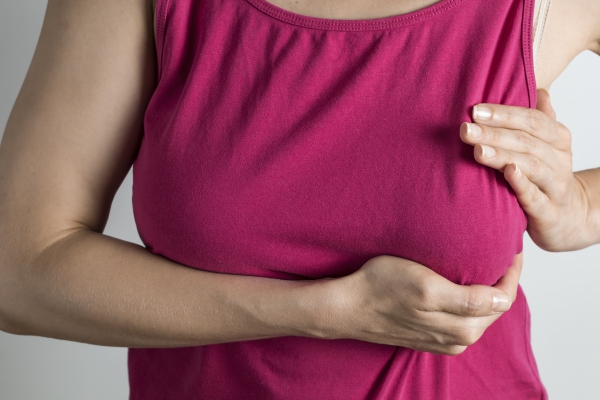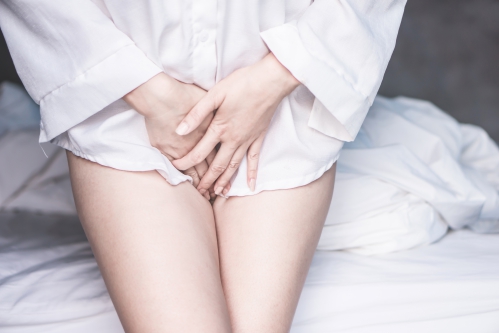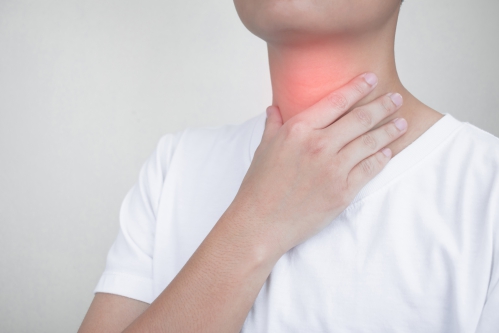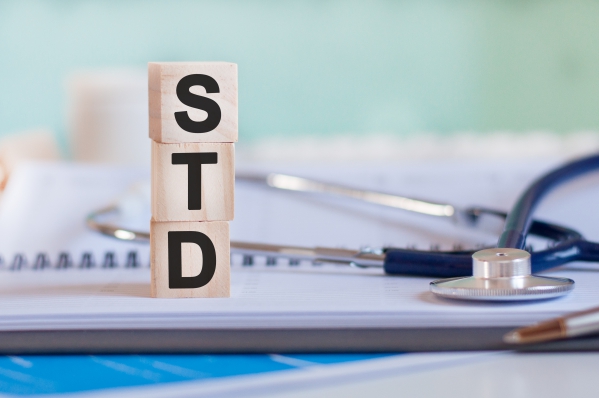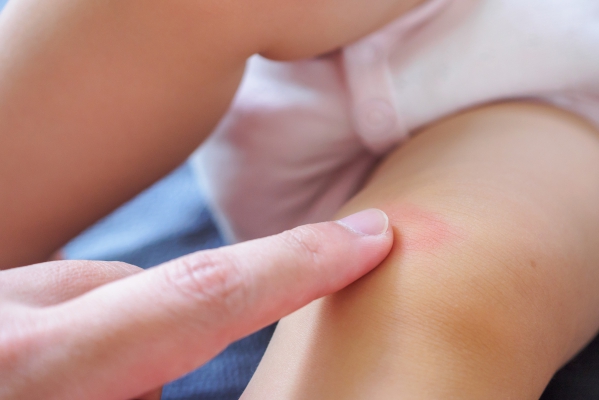What is mastitis?
Mastitis is inflammation of the breast tissue which may occur due to an infection. It most commonly affects women who are breast-feeding and is then known as lactation mastitis. In the female breast, the mammary gland is responsible for the production of milk which flows through the milk ducts (mammary ducts) to reach the nipple for breast-feeding. However, it can affect women who are not breast-feeding and even men. Mastitis results in a swollen, red, hot and painful breast. Fever and chills may also be present.
Lactation mastitis can make you want to stop breast-feeding due to the pain and discomfort. However, it is important not to stop breast-feeding your child as it may affect the health of your child.
Mastitis is usually treated using antibiotics and pain killers. Seeking medical advice early is important to avoid the development of complications such as breast abscess.
What are the causes of mastitis?
The causes of mastitis include:
- Blockage of the milk duct: Failing to empty your breast completely after breast-feeding your child may cause your milk duct to get clogged which may result in breast infection.
- Cracked nipple: A cracked nipple is common in women who are breast-feeding. This makes it easier for bacteria from your skin or baby’s mouth to enter your breast, leading to mastitis.
- Bacteria entering the milk ducts: During breast-feeding, bacteria from your baby’s mouth may enter your milk ducts resulting in mastitis.
- Menopause: In menopause, the hormonal changes may lead to blockage of the milks ducts by dead skin cells and debris resulting in chronic mastitis.

What are the risk factors of mastitis?
There are several factors which may increase your risk of developing mastitis and these include:
- A history of lactation mastitis.
- Presence of a cracked or sore nipple.
- Improper breast-feeding technique.
- Wearing tight-fitting bra which may restrict milk flow leading to a clogged milk duct.
- Cigarette smoking.
- Poor diet.
- Extreme fatigue or tiredness.
What are the signs and symptoms of mastitis?
The signs and symptoms of mastitis appear abruptly and include:
- A swollen breast.
- Breast tenderness to the touch.
- Redness of the affected breast.
- A warm breast
- Itching over the breast tissue.
- Fever.
- Chills.
- Burning sensation while breast-feeding.
- Generally feeling ill.
- Fatigue
- Body aches
- A breast lump which may point towards an abscess
- Pus draining from the nipple in case of a breast abscess

Making a diagnosis
To make a diagnosis, your doctor will take a detailed history from you to know more about your symptoms. After the history taking, your doctor will perform a thorough physical examination to look for signs of mastitis. A good history taking and a physical examination is often enough to make the diagnosis. However, in some cases your doctor may order some tests to confirm the diagnosis or the help in the management of the condition and these include:
- Breast milk culture: This test is done when your condition is not improving despite being on antibiotics. This involves your doctor taking a sample of your breast milk to be analysed in the laboratory. The results will help your doctor to prescribe antibiotics specifically directed towards the organism causing the infection. If there is presence of an abscess which is a complication of mastitis, your doctor will take a sample of the pus inside the abscess using a syringe which will be sent to the laboratory for testing.
- Ultrasonography: Ultrasonography is done to differentiate between a simple mastitis and a breast abscess. This test is non-invasive and uses sound waves to produce an image of the inside of your breast.
- Mammography: This test uses x-rays to produce an image of your breast ducts and tissues. This is mainly done in women who are not breast-feeding and not responding to treatment.
- Breast biopsy: A breast biopsy may be required in case your doctor suspects a rare type of breast cancer known as inflammatory breast cancer which produces symptoms similar to mastitis. This involves you doctor inserting a needle through your breast tissue or mass to obtained a sample. This is then sent to the laboratory to be analysed under the microscope to determine whether there is presence of cancer or not.


What are treatments of mastitis?
The treatment of mastitis mainly involves antibiotics and pain killers. A 10-day course of antibiotics is usually given. It is of utmost importance to take the full course of the antibiotic, even if your symptoms are resolving. This is to avoid recurrence of mastitis and to prevent the bacteria causing the infection to develop resistance against the antibiotics. You can continue to breastfeed you child while taking the antibiotics used to treat mastitis. Furthermore, continuing to breastfeed your child will help to speed up the healing process
Pain killer are prescribed to relieve the pain associated with mastitis. These medications include acetaminophen and ibuprofen. These medications also help to decrease fever and swelling of the breast.
In case of a breast abscess, a minor surgical procedure will be done known as incision and drainage. This involves your doctor doing a small incision on your breast to drain the pus collection.

What are the complications of mastitis?
If mastitis is left untreated or not treated properly, a breast abscess may develop. This is a pus collection within your breast tissue. This may present as a mobile lump or mass beneath your skin which may be tender. In addition, there may be pus draining from the nipple of the affected breast. Furthermore, there may be presence of a persistent fever and no improvement of symptoms within 48-72 hours despite being on antibiotics.
Expectations (prognosis)
Mastitis usually have a good prognosis provided that you seeks medical advice early and follow your treatment plan properly. There are simple tips which may help to prevent you from developing mastitis and these include frequent breast-feeding, using a breast pump to remove any excess milk after breast-feeding, use a good breast-feeding technique and weaning your baby over several weeks instead of stopping breast-feeding suddenly.

Source:
J. Alastair, I. and Simon, M., 2016. Davidson's Essentials of Medicine. 2nd ed. London: ELSEVIER.
Parveen, K. and Michael, C., 2017. Kumar & Clarks Clinical Medicine. 9th ed. The Netherlands: ELSEVIER.
